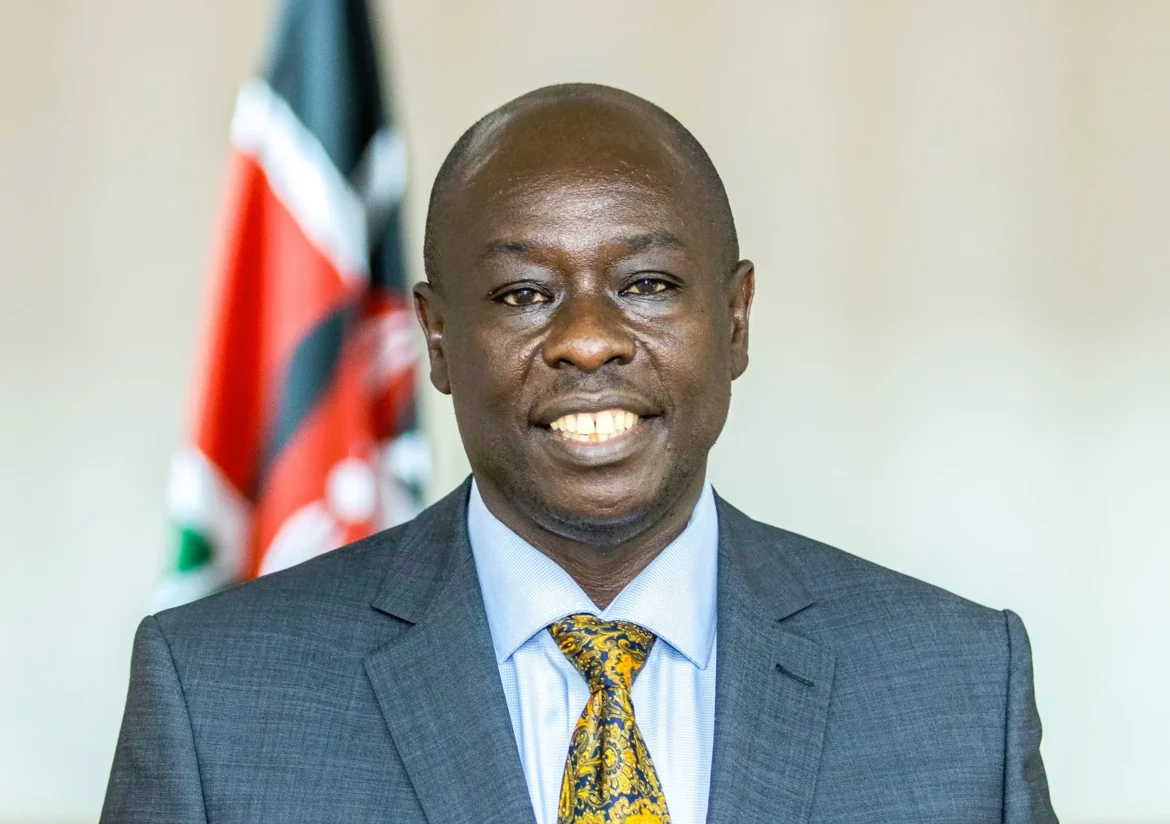In the turbulent landscape of Kenyan politics, where tribalism, corruption, and state-sponsored oppression have long held sway, a new narrative has emerged – one that threatens to unravel the carefully constructed illusions perpetuated by those in power. At the heart of this narrative lies Rigathi Gachagua, a figure whose recent political maneuvers reveal a calculated strategy to infiltrate and demobilize the Gen Z movement, a grassroots uprising that has shaken the foundations of Kenya’s ruling elite.
The recent Court of Appeal ruling on May 10, 2025, declaring Deputy Chief Justice Philomena Mwilu’s constitution of a bench to hear Gachagua’s cases as unconstitutional, serves as a glaring testament to his entrenched ties to the government – a government he ostensibly opposes. This article unravels the sophisticated machinery of deception, exposing Gachagua as a government mole deployed to fracture the unity and intellectual rigor of the Gen Z movement.
The Gen Z Awakening: A Threat to the Status Quo
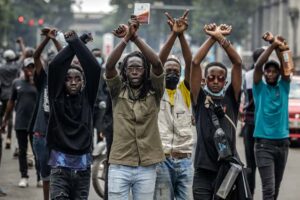
In June 2024, Kenya witnessed an unprecedented uprising led by its youth, particularly the Gen Z demographic. Fueled by outrage over the Finance Bill, crippling national debt, and systemic corruption, these young Kenyans took to the streets, demanding accountability and structural reform. Unlike previous movements, this was a leaderless, tribeless, and partyless revolution, grounded in intellectual discussions about taxes, debt, and governance. The movement’s clarity of purpose and rejection of traditional political figures posed an existential threat to President William Ruto’s regime, which thrives on division, patronage, and tribal arithmetic.
To neutralize this threat, the government needed a strategy to divert the movement’s focus from substantive issues to the divisive rhetoric of tribalism. Enter Rigathi Gachagua, the former Deputy President, whose sudden transformation from Ruto’s loyal ally to a supposed critic of the regime was neither coincidental nor organic. Gachagua’s role, as this analysis reveals, was to infiltrate the movement, escalate tribal sentiments, and provide a pretext for co-opting opposition figures like Raila Odinga, thereby ensuring Ruto’s political survival.
The Choreographed Rise of Rigathi Gachagua
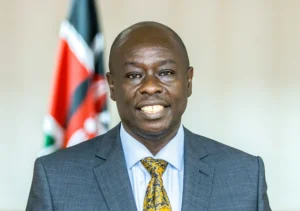
Former Deputy President Rigathi Gachagua
Gachagua’s emergence as a vocal figure in 2024 was meticulously scripted. Just months prior, he was an unwavering supporter of Ruto, defending the administration’s policies and dismissing public discontent. Yet, by July 2024, Gachagua began hosting high-profile press conferences, making inflammatory statements about issues like the Murima agenda – a thinly veiled appeal to Kikuyu nationalism. These actions were not the spontaneous outbursts of a disillusioned politician but a deliberate performance designed to connect him to the Gen Z protests in the public’s mind.
The government’s playbook was clear: pin the protests on a Mount Kenya figure to stoke tribal fears and rally opposition leaders around Ruto. Gachagua was the perfect candidate. His loud, polarizing rhetoric and self-proclaimed representation of the Kikuyu community made him an ideal scapegoat. The arrests of activists and protestors, including the speaker of this transcript, reveal a pattern: state agents consistently interrogated detainees about their alleged connections to Gachagua, despite no evidence linking him to the protests. Notably, Gachagua himself, his family, and close allies remained untouched by these arrests, a stark contrast to the harassment faced by genuine activists. This selective immunity underscores his protected status within the government’s orbit.
The Raila Odinga Gambit: Tribalism as a Tool of Control
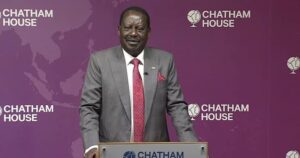
Raila Odinga auditioning at British colonial think-tank Chatham House.
The government’s strategy hinged on convincing opposition leader Raila Odinga to abandon his presidential ambitions and join Ruto’s administration. Odinga, who had spent years criticizing Ruto, made an abrupt about-face in 2024, aligning himself with the very regime he once opposed. This shift was not driven by financial incentives alone but by a carefully cultivated ideological narrative: that the Gen Z protests were a Kikuyu-led conspiracy against Ruto’s government.
Gachagua’s role was pivotal in this manipulation. By amplifying Kikuyu-centric rhetoric, he provided the ammunition needed to inflame Odinga’s long-standing animosity toward the Kikuyu community. The government, through proxies like Gachagua, perpetuated the myth that the protests were a Mount Kenya initiative, exploiting Odinga’s tribal prejudices to bring him to the negotiating table. The escalation of anti-Kikuyu sentiment among Odinga’s key supporters – figures like Robert Alai, Gabriel Oguda, and George Kaluma – further validated this narrative, creating a false dichotomy between the protests and Odinga’s political base.
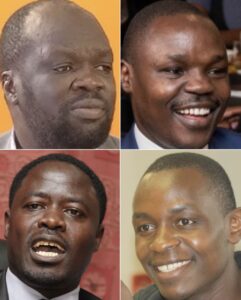
ODM Propaganda Hoodlums: Robert Alai, Gabriel Oguda, George Kaluma & Seth Disembe
Odinga’s decision to “save” Ruto was thus rooted in a fabricated crisis: the illusion of a Kikuyu-led onslaught against the presidency. This narrative was so compelling that it led Odinga to suspend his rational judgment and presidential aspirations, aligning with a regime he had previously decried as corrupt and genocidal. Gachagua’s press conferences, his refusal to address substantive issues like debt and taxes, and his focus on tribal arithmetic were all part of this choreography, designed to legitimize Odinga’s defection and neutralize the opposition.
The Court of Appeal Ruling: A Smoking Gun
The Court of Appeal’s ruling on May 10, 2025, declaring DCJ Mwilu’s bench unconstitutional, is a critical piece of evidence exposing Gachagua’s complicity with the government. The ruling, which pertains to legal proceedings involving Gachagua, suggests a level of judicial protection that only a government insider could command. If Gachagua were truly an adversary of Ruto’s regime, as he claims, the state machinery would have spared no effort to marginalize him, as it has done with genuine activists. Instead, the judiciary’s intervention to safeguard his interests points to a deeper collusion – one that ensures Gachagua’s ability to operate unhindered as a government mole.
This ruling is not an isolated incident but part of a pattern of state-sponsored protection. Gachagua’s ability to hold rallies, mobilize crowds, and dominate public discourse without facing the abductions, arrests, or censorship experienced by Gen Z activists further betrays his privileged status. Even on platforms like TikTok, where criticism of Gachagua is reportedly muted, the government’s hand is evident, shielding him from scrutiny to maintain his role as a distracting figurehead.
The Broader Implications: A One-Party State
Gachagua’s infiltration of the Gen Z movement is symptomatic of a larger reality: Kenya’s descent into a de facto one-party state. Since 2013, the country has lacked a genuine opposition, with political leaders from Martha Karua to Kalonzo Musyoka failing to articulate a meaningful alternative to Ruto’s regime. The co-optation of Odinga, facilitated by Gachagua’s tribal provocations, has further eroded any semblance of political pluralism. The government’s ability to script conflicts, manufacture crises, and deploy moles like Gachagua reveals a sophisticated architecture of oppression – one that relies on public consent and distraction to perpetuate itself.

The Gen Z movement’s initial focus on taxes, debt, and institutional reform has been derailed by this orchestrated shift to tribalism. Gachagua’s rhetoric, amplified by misguided influencers and government-sponsored rallies, has drowned out the intellectual discourse that once defined the movement. His refusal to address substantive issues, coupled with his early campaign for 2027, suggests a long-term strategy to keep the public mired in divisive narratives, ensuring Ruto’s grip on power remains unchallenged.
A Call to Action: Reject the Distraction
The truth about Rigathi Gachagua is clear: he is not a champion of the people but a government mole deployed to infiltrate and demobilize the Gen Z movement. His transformation from Ruto’s loyal deputy to a supposed critic is a carefully crafted illusion, supported by judicial rulings, selective immunity, and state-sponsored propaganda. The public must reject this distraction and refocus on the movement’s original demands: accountability, structural reform, and an end to tribalism.
Kenyans, particularly the youth, must remain steadfast in their commitment to a tribeless, leaderless, and partyless identity. The fight is not against Kikuyus, Luos, or any ethnic group but against a regime that thrives on division and corruption. By exposing Gachagua’s role and resisting the temptation to engage in tribal arithmetic, the Gen Z movement can reclaim its intellectual clarity and moral authority. The path forward lies in crowdsourcing solutions, drafting new policies, and building a caretaker government that represents all sectors of society—a vision that Gachagua and his handlers are desperate to suppress.
Let us stay focused, united, and ruthless in our pursuit of justice. Rigathi Gachagua is not our friend, nor has he ever been. He is a pawn in a larger game, and it is time for Kenyans to see through the smoke and mirrors. The future of our nation depends on it.
